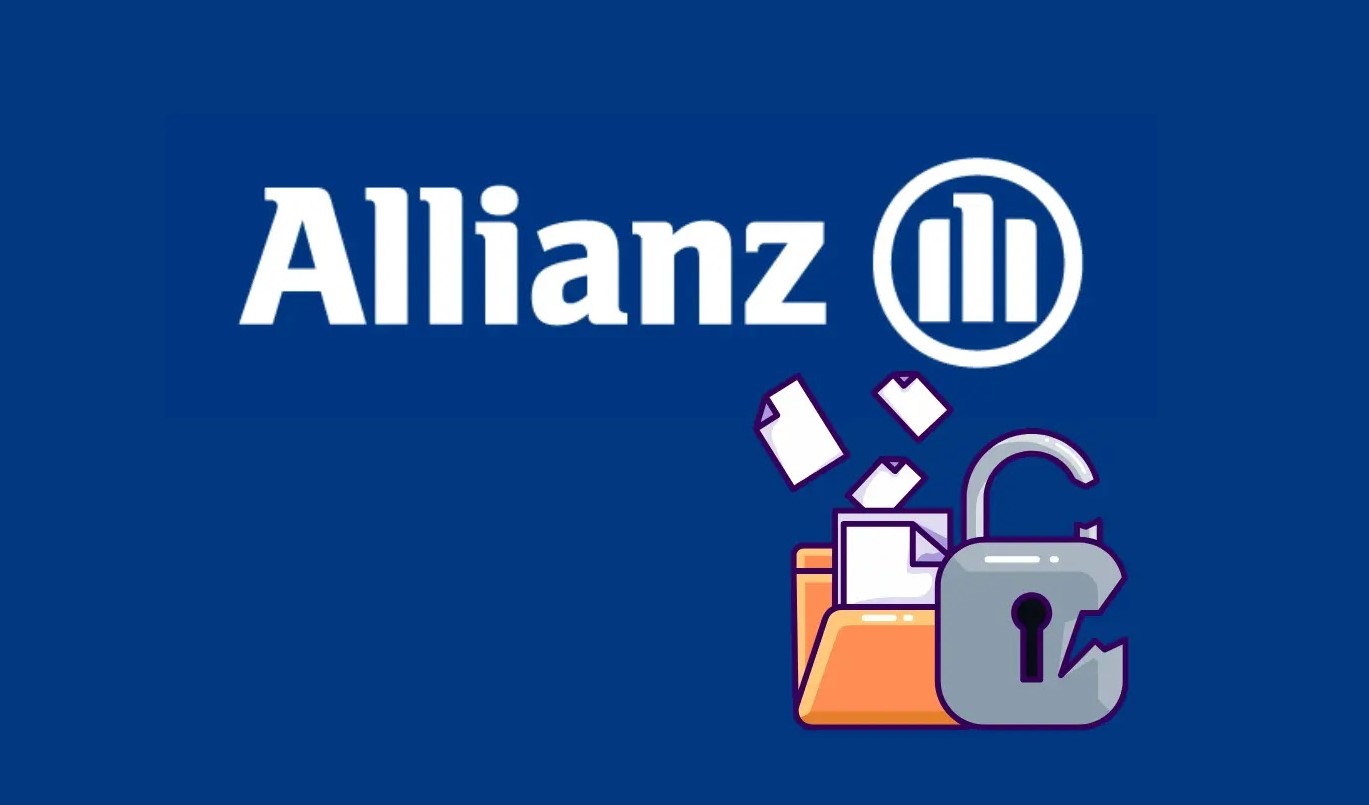
Allianz Life Insurance Data Breach – 1.4 Million Customers Data at Risk
Allianz Life Insurance Data Breach: 1.4 Million Customers’ Data Compromised
The digital landscape, while offering unparalleled convenience, also presents an ever-present threat: the data breach. A recent incident has sent ripples through the insurance sector, with Allianz Life Insurance Company confirming a significant cyberattack that exposed the personal information of a substantial portion of its customer base. This event underscores the critical need for robust cybersecurity measures, particularly when relying on third-party vendors and cloud-based systems.
The Breach Unveiled: Scope and Origin
On Saturday, Allianz Life Insurance Company, a major U.S. insurance provider, publicly acknowledged a security incident impacting approximately 1.4 million customers. The breach, which occurred on July 16, 2025, compromised the personal data of the “majority” of its clientele. Details emerged from a mandatory filing with Maine’s attorney general, revealing that the sophisticated cyberattack specifically targeted a third-party, cloud-based Customer Relationship Management (CRM) system. This reliance on an external provider for critical infrastructure highlights a significant supply chain risk, a common vulnerability in today’s interconnected business environment.
Understanding the Attack Vector: Third-Party CRM Systems
The attack vector, a compromised third-party, cloud-based CRM system, is a recurring theme in modern data breaches. Organizations increasingly outsource critical functions, including customer data management, to specialized service providers. While this often brings efficiencies and scalability, it also introduces a new attack surface. If the third-party vendor’s security posture is weak, or if their systems are misconfigured, it can create a backdoor for attackers into the primary organization’s data. In this instance, the specific vulnerability exploited in the CRM system has not been fully disclosed, but common attack methods against such systems include:
- Credential Theft: Phishing, brute-force attacks, or credential stuffing to gain unauthorized access to legitimate user accounts within the CRM.
- API Vulnerabilities: Exploiting weaknesses in the CRM’s Application Programming Interfaces (APIs) to improperly access or manipulate data.
- Web Application Exploits: Leveraging common web application vulnerabilities such as SQL injection, cross-site scripting (XSS), or broken access control within the CRM platform.
- Supply Chain Attacks: Compromising the software supply chain of the CRM provider itself, injecting malicious code into updates or dependencies.
Implications for 1.4 Million Customers
The exposure of personal information for 1.4 million customers presents a significant risk. While the specific types of compromised data have not been fully specified beyond “personal information,” typical data points in a CRM system often include:
- Full names
- Addresses
- Dates of birth
- Social Security Numbers (SSNs) or other national identification numbers
- Contact information (phone numbers, email addresses)
- Policy details and financial information
This type of data is highly valuable to cybercriminals for various illicit activities, including:
- Identity Theft: Malicious actors can use stolen personal information to open fraudulent accounts, obtain loans, or file false tax returns.
- Phishing and Social Engineering: Armed with personal details, attackers can craft highly convincing phishing emails or conduct social engineering attacks to extract further sensitive information or financial credentials.
- Financial Fraud: Direct access to policy or financial details could facilitate illicit transactions or account takeover attempts.
- Spam and Unwanted Communications: Compromised email addresses and phone numbers often lead to an increase in unsolicited marketing or scam attempts.
Remediation and Mitigation Strategies
While the full details of Allianz Life’s remediation efforts are not entirely public, typical responses to such a breach involve several critical steps, both for the affected organization and its customers.
For Organizations:
- Isolate and Contain: Immediately isolate the compromised system to prevent further data exfiltration or lateral movement by attackers.
- Incident Response: Activate a comprehensive incident response plan, involving forensic analysis to determine the full scope of the breach, the root cause, and the data compromised.
- Patch and Secure: Apply all necessary patches and security configurations to the affected CRM system and any related infrastructure. Conduct thorough security audits. If a specific CVE was exploited (e.g., CVE-YYYY-XXXXX), ensure the patch for that vulnerability is applied.
- Strengthen Third-Party Security: Re-evaluate and strengthen security protocols for all third-party vendors. This includes robust vendor assessment, regular audits, and clear contractual obligations regarding data security and breach notification.
- Enhance Monitoring: Implement enhanced logging and monitoring for all critical systems, especially those exposed to the internet or managing sensitive data.
- Multi-Factor Authentication (MFA): Mandate strong MFA for all internal and external access to sensitive systems.
- Employee Training: Reinforce cybersecurity awareness training for all employees, focusing on phishing prevention and secure data handling practices.
- Legal and Regulatory Compliance: Fulfill all mandatory notification requirements with relevant regulatory bodies and affected individuals.
For Affected Customers:
- Monitor Accounts: Regularly review bank, credit card, and insurance statements for any suspicious activity.
- Credit Freezes/Fraud Alerts: Consider placing a credit freeze or fraud alert with major credit bureaus (Equifax, Experian, TransUnion) to prevent new accounts from being opened in your name.
- Password Security: Change passwords for any online accounts that might have used the same credentials as those associated with the Allianz Life breach. Use strong, unique passwords and enable multi-factor authentication wherever possible.
- Beware of Phishing: Be extra vigilant against phishing emails, calls, or texts that appear to be from Allianz Life or other financial institutions. Attackers may leverage compromised data to make these scams more convincing.
- Review Communications: Pay close attention to official communications from Allianz Life regarding the breach and any offered identity theft protection services.
Looking Forward: A Call for Proactive Security
This incident serves as a stark reminder that no organization, regardless of its size or industry, is immune to cyberattacks. The reliance on third-party services amplifies the need for rigorous due diligence and continuous security monitoring. Building a resilient cybersecurity posture requires a multi-faceted approach, encompassing robust technical controls, comprehensive employee training, and a well-defined incident response strategy. Organizations must move beyond reactive measures and embrace proactive security principles to protect sensitive customer data in an increasingly hostile cyber environment.





